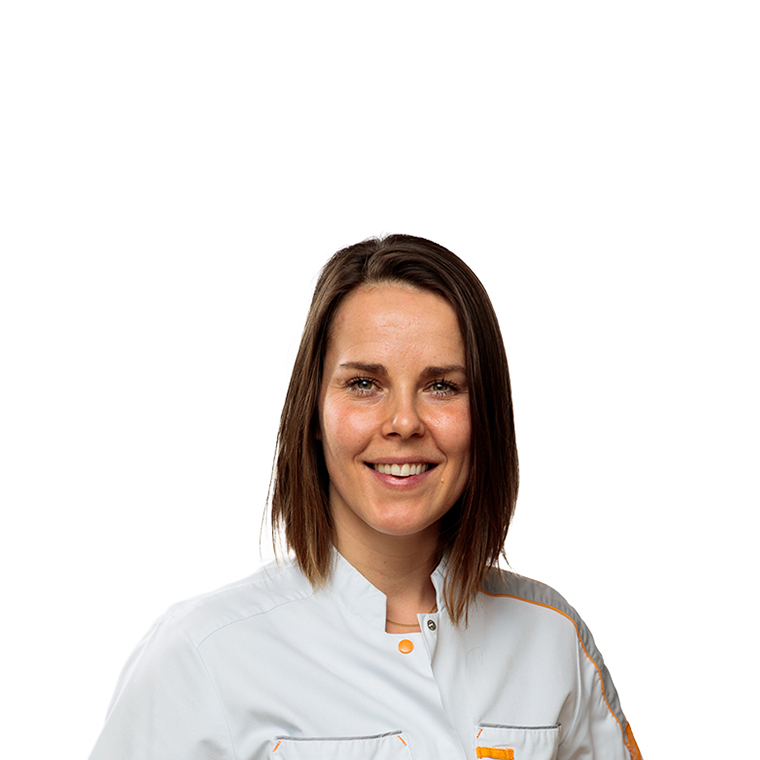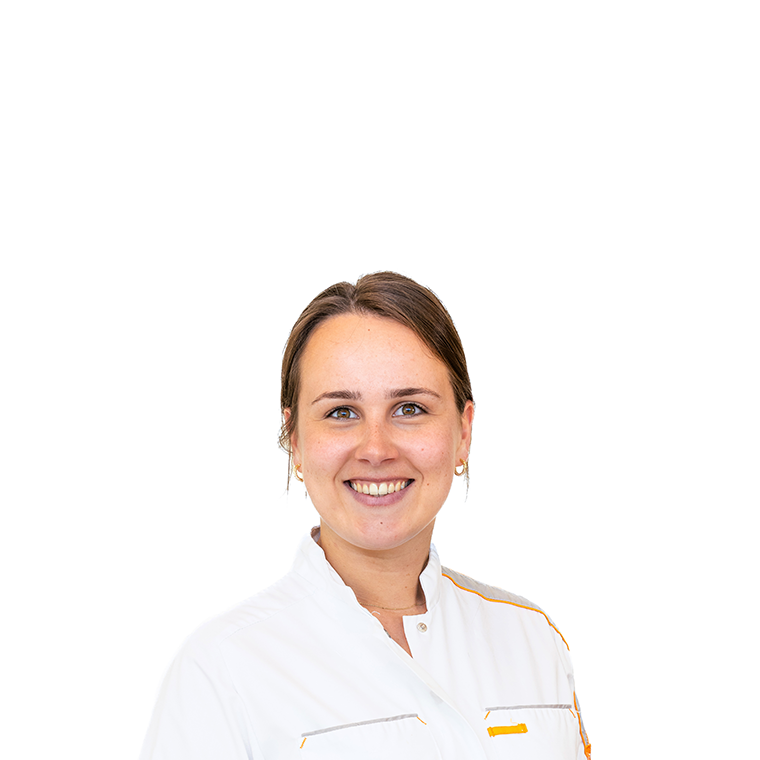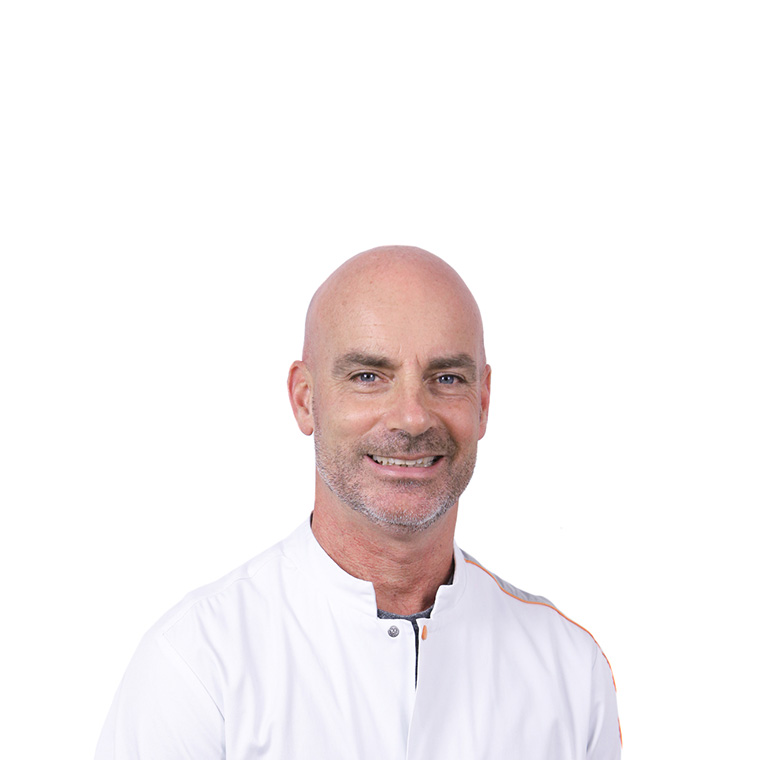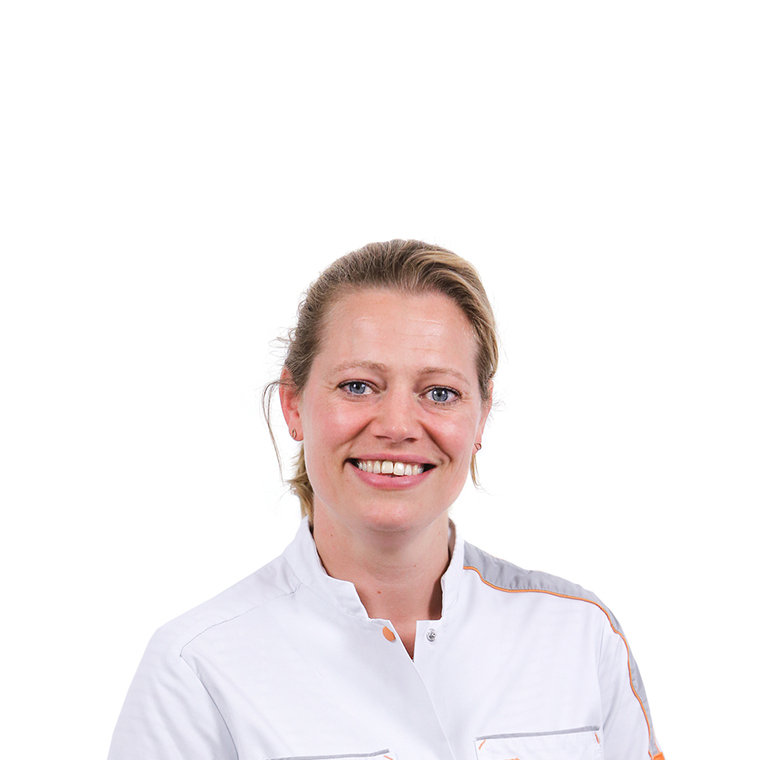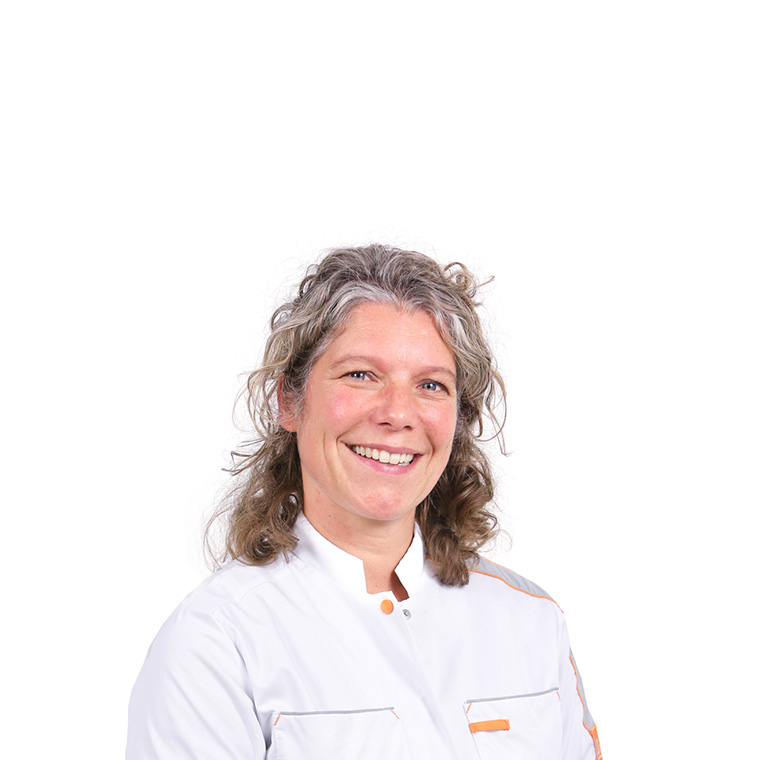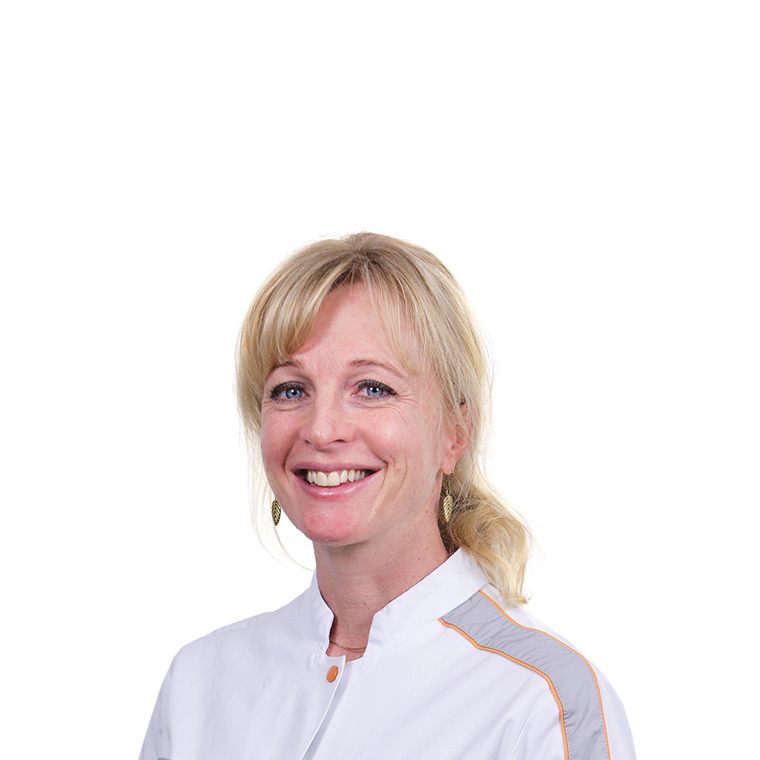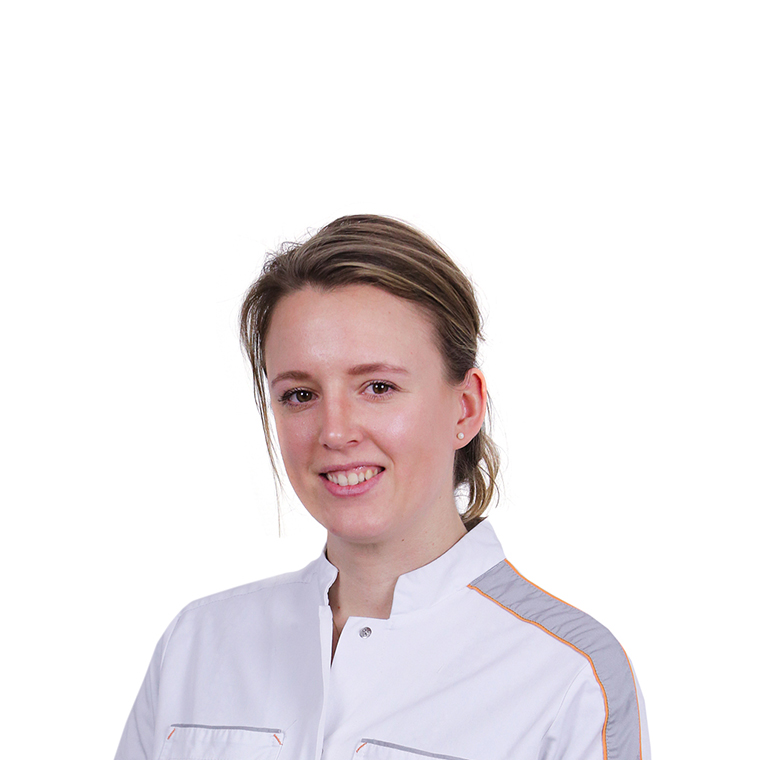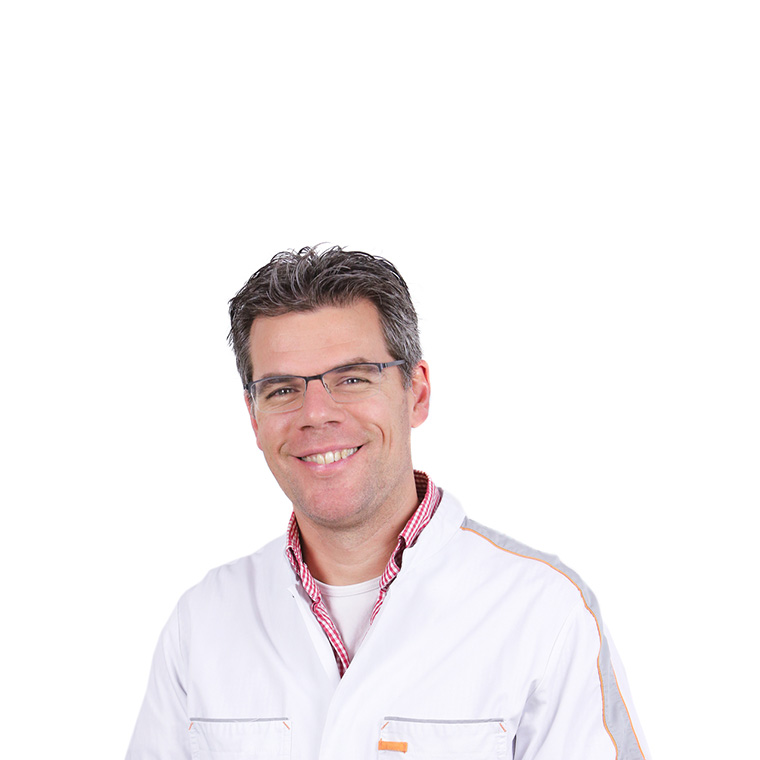The disease, treatment, side effects and hospital visits make it difficult for them to get enough exercise and play sports. Still, it is important that your child stays active, but that can require some adjustment and resourcefulness. If necessary, a (pediatric) physiotherapist can help.
The brochure about exercise (in Dutch) addresses obstacles your child can encounter and how your child can nevertheless get maximum amounts of exercise.
Our Maximum Exercise program
The Princess Máxima Center encourages children to get active and keep exercising. There are all sorts of enticing things throughout the building for getting children to exercise, such as bicycles, go-carts, foosball, table tennis and air hockey. A variety of activities are organized in the gym on weekdays for all ages. A sports package is available for children who cannot or may not leave their room, enabling them to exercise in their room. Furthermore, special events and sports activities are organized on a regular basis to motivate children - as well as parents - to get moving and keep exercising.
Exercise test
The purpose of an exercise test is to measure your child's fitness and how their lungs, heart and muscles function during exercise. The test takes 45-60 minutes.
Want to read more?
Resting Metabolic Rate Measurement
The purpose of a resting metabolic rate measurement is to measure how much energy the body burns while at rest, for example to breathe, to keep the body's temperature up and to digest food. Based on the result of the measurement, the dietitian calculates how much energy your child needs per day. The measurement takes about 30 minutes.
Your child lies on an examination table with a clear plastic hood over their head in which the air your child exhales is collected and measured. Fresh air flows through the hood, so your child can breathe normally. During the measurement, your child must lie still and not talk. Your child may become a bit hot and sleepy.
Want to read more?
Contact
Should you need any further information, please feel free to ask.


